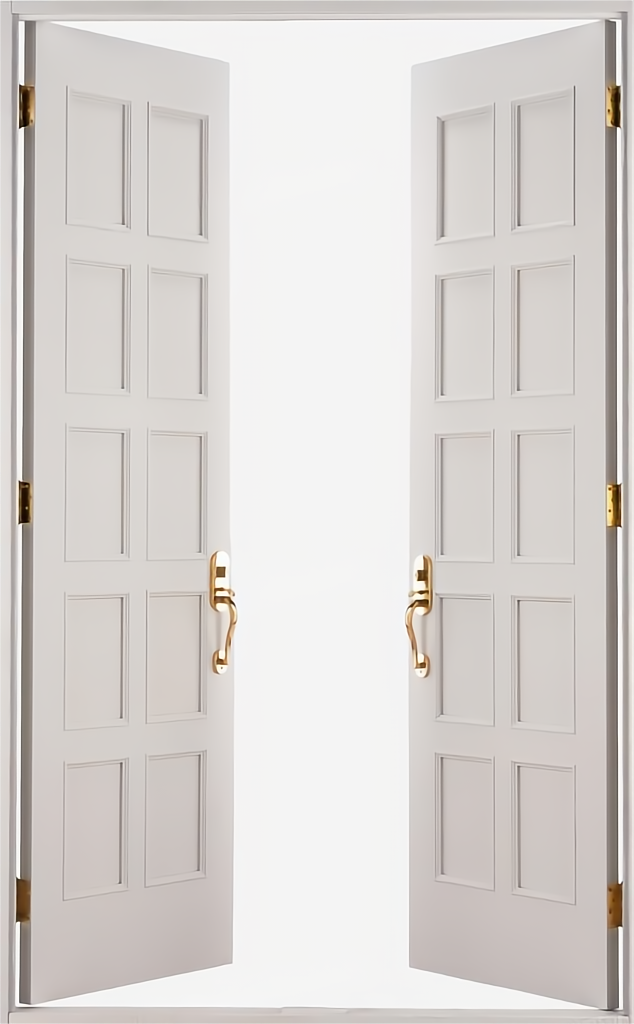How to Silence a Door: A Comprehensive Guide
Doors are an essential part of any home or office, but they can often be a source of annoying noise. Whether it’s a creaky hinge, a slamming noise, or sounds seeping through from another room, a noisy door can be incredibly irritating. In this comprehensive guide, we will focus on various methods to soundproof a room, with a special emphasis on sealing and muting generating factors. We’ll walk you through specific and detailed steps for each scene to ensure maximum noise reduction for your doors.
Table of Contents
- Understanding the Sources of Door Noise
- Essential Tools and Materials
- Door Seals: The First Line of Defense
- Installing Weatherstripping
- Adding a Door Sweep
- Using Door Gaskets
- Lubrication: Silencing Hinges and Locks
- Padding sound reducing and door Insulation Dampening Solutions
- Soundproofing a door
- Door foam sealInsulation
- Advanced Solutions for Extreme Noise
- Mass Loaded Vinyl (MLV)
- Soundproofing Blankets
- Maintenance Tips for Long-Term Quiet Doors
- Conclusion

Understanding the Sources of Door Noise
Before diving into how to silence a door, it’s crucial to understand the common sources of door noise. These include:
- Gaps and Cracks: Spaces between the door and the frame allow sound to pass through.
- Loose Hinges: Hinges that have become loose over time can create squeaking noises.
- Improper Door Alignment: If the door does not fit properly in the frame, it can create friction and noise.
- Material and Thickness: Thinner doors transmit more noise compared to thicker, solid-core doors.
Identifying the source of the noise will help you apply the most effective solutions.
Essential Tools and Materials
Before you get started, gather the following tools and materials:
- Weatherstripping
- Door sweep
- Door gasket
- Screwdriver set
- Lubricant spray (e.g., WD-40)
- Acoustic panels
- Foam insulation
- Mass Loaded Vinyl (MLV)
- Soundproofing blanket
- Utility knife
- Measuring tape
- Adhesive strips
Seals: The First Line of Defense
Seals are your first line of defense in silencing a noisy door. By creating a tight seal around the door, you can significantly reduce the amount of noise that passes through.
Installing Weatherstripping
Weatherstripping is an effective and affordable way to seal the gaps around your door.
- Measure: Measure the height and width of your door frame to determine the amount of weatherstripping you’ll need.
- Clean Surface: Ensure the door frame is clean and dry.
- Cut to Size: Cut the weatherstripping to fit the top and sides of the door frame.
- Apply: Peel off the adhesive backing and press the weatherstripping firmly along the door frame. Make sure there are no gaps.
Adding a Door Sweep
A door sweep is installed at the bottom of the door to block the gap between the door and the floor.
- Measure: Measure the width of your door.
- Cut to Size: Trim the door sweep to fit the width of the door.
- Attach: Attach the door sweep to the bottom of the door using screws or adhesive, depending on the type of sweep you have.
Using Door Gaskets
Door gaskets are another option for sealing gaps around your door.
- Measure and Purchase: Measure your door frame and purchase a door gasket kit.
- Install: Follow the manufacturer’s instructions to install the gasket around the perimeter of the door. Typically, this involves placing the gasket strip along the frame and securing it with screws or adhesive.
Lubrication: Silencing Hinges and Locks
Creaking hinges and locks can be a significant source of door noise. Proper lubrication can help eliminate these irritating sounds.
- Identify Noisy Points: Open and close the door to identify where the noise is coming from.
- Apply Lubricant: Spray a lubricant like WD-40 on the hinges and locks. Be sure to get into all the moving parts.
- Operate the Door: Move the door back and forth to work the lubricant into the hinges and locks.
- Wipe Excess: Use a cloth to wipe away any excess lubricant.
Padding and Dampening Solutions
For doors that need additional noise reduction, padding and dampening solutions can be highly effective.
Acoustic Door Panels
Acoustic door panels can absorb sound and reduce the amount of noise that passes through the door.
- Measure: Measure the dimensions of your door.
- Order Panels: Purchase acoustic panels that match the size of your door.
- Attach Panels: Use adhesive strips to attach the panels to the door’s surface. Ensure they cover as much of the door as possible.
Foam Insulation
Foam insulation can be used to fill gaps and cracks around the door for added noise reduction.
- Identify Gaps: Check for any gaps and cracks around the door frame.
- Apply Foam: Use a foam insulation spray to fill these gaps. Be careful not to overfill, as the foam will expand.
- Trim Excess: Once the foam has dried, use a utility knife to trim away any excess.
Advanced Solutions for Extreme Noise
If the noise problem is severe, you may need to consider more advanced solutions.
Mass Loaded Vinyl (MLV)
MLV is a dense material that can be attached to your door to block sound.
- Measure and Cut: Measure your door and cut the MLV to fit.
- Apply Adhesive: Apply adhesive strips to the back of the MLV.
- Attach to Door: Press the MLV onto the door, ensuring it covers the entire surface.
Soundproofing Blankets
Soundproofing blankets can be hung over doors to provide an additional layer of noise reduction.
- Purchase: Buy a soundproofing blanket that fits the dimensions of your door.
- Install Hooks or Velcro: Install hooks or Velcro strips above the door.
- Hang Blanket: Hang the soundproofing blanket from the hooks or Velcro, ensuring it covers the entire door.
Maintenance Tips for Long-Term Quiet Doors
To maintain a quiet door over the long term, follow these maintenance tips:
- Regularly Lubricate Hinges and Locks: Apply lubricant every few months to keep hinges and locks operating smoothly.
- Check Weatherstripping: Inspect weatherstripping for wear and tear. Replace it as needed.
- Tighten Screws: Periodically check and tighten screws on hinges and other hardware.
- Reapply Sealant: If using foam insulation or adhesive strips, check periodically to ensure they are still effective and reapply as necessary.
Conclusion
Silencing a door involves a combination of proper seals, lubrication, padding, and advanced soundproofing techniques. By following the steps outlined in this guide, you can significantly reduce the amount of noise generated by your door, creating a quieter and more peaceful environment. Remember to regularly maintain your door to ensure long-term effectiveness.
By addressing each potential noise source methodically, you can achieve the best possible results and enjoy the tranquility of a silent door.


